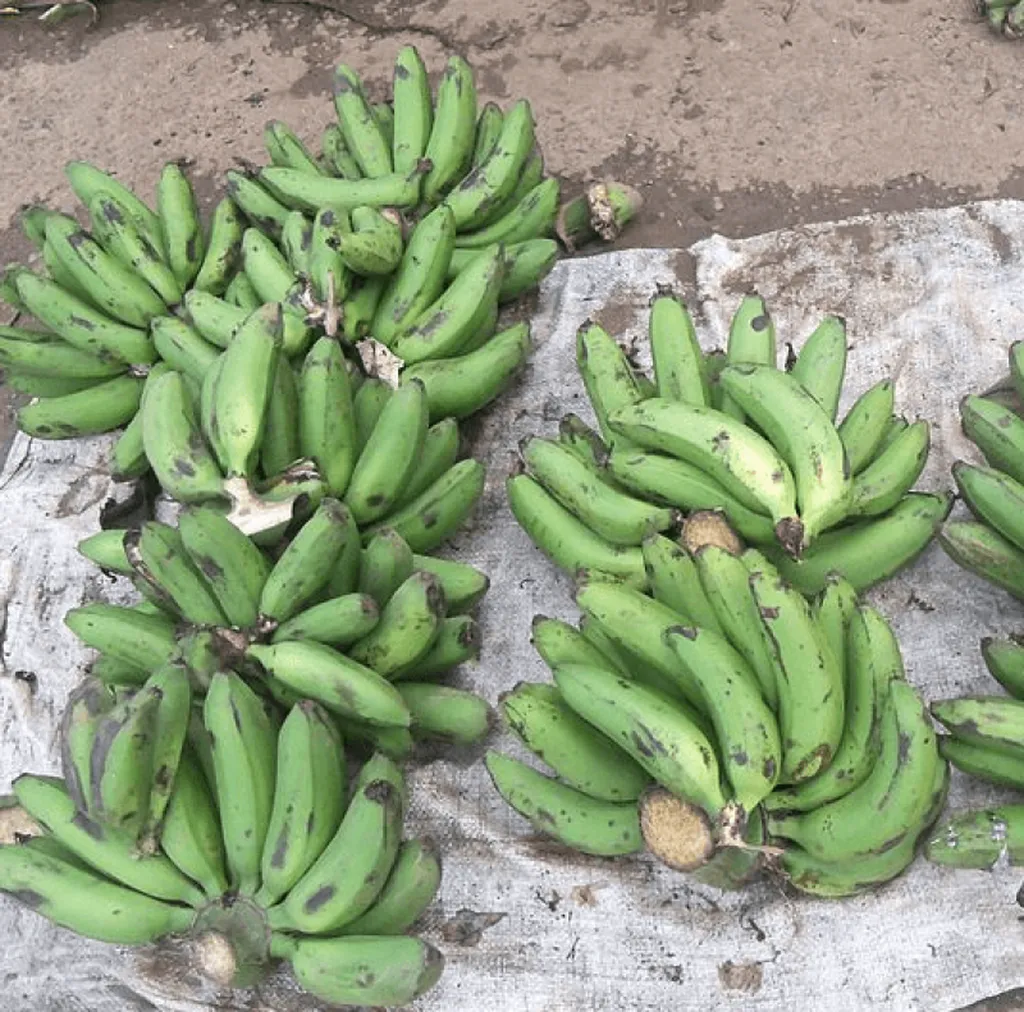In the heart of Uganda, where banana cultivation is a cornerstone of the agricultural economy, a silent enemy lurks beneath the soil: the banana weevil. These pests, scientifically known as Cosmopolites sordidus, can wreak havoc on banana plantations, significantly reducing productivity. But a glimmer of hope emerges from the National Banana Research Programme, where scientist Juliet Kemigisa and her team are making strides in the battle against these destructive pests.
Kemigisa, affiliated with the National Agricultural Research Laboratories in Kampala, has been leading research to identify banana genotypes that are resistant to weevil damage. Her recent study, published in *Frontiers in Plant Science*, focuses on nine diploid banana genotypes sourced from the International Musa Transit Centre. The goal? To find varieties that not only resist weevil damage but also produce abundant pollen, a crucial element for breeding programs.
The research team conducted field and pot screening experiments in central Uganda, specifically in Kawanda, a region known for its favorable conditions for banana weevils. They assessed the damage caused by weevils on the corms—the thick underground stems of the banana plant—and evaluated the pollen quantity of each genotype. The results were promising.
“Saing hil, Pisang gigi buaya, Pisang rotan, Pisang tunjuk, Morong princessa, Morong datu, and Gabah gabah showed remarkable resistance to weevil damage,” Kemigisa explained. These genotypes exhibited significantly less damage compared to the susceptible varieties Nakitembe and Kibuzi (EAHB). This resistance is a game-changer for banana farmers, offering a potential solution to the productivity losses caused by weevils.
But the story doesn’t end with resistance. The study also highlighted the importance of pollen quantity in breeding programs. Saing hil and SH-3142 stood out with high pollen quantities, scoring 3.4 and 3.0 respectively on a scale of 0 to 4. This is particularly exciting because high pollen production is essential for conventional breeding, where resistant traits are incorporated into susceptible genotypes.
“Saing hil combined high resistance to weevil damage with high pollen quantity,” Kemigisa noted. This makes it an ideal candidate for breeding programs aimed at developing weevil-resistant banana varieties. The potential commercial impact is substantial. By integrating these resistant traits into commercial banana varieties, farmers could see a significant boost in productivity, translating to economic gains and food security.
The research published in *Frontiers in Plant Science* (which translates to “Frontiers in Plant Science” in English) opens new avenues for banana breeding. The identification of resistant genotypes and the understanding of their pollen quantity provide a solid foundation for future breeding programs. As Kemigisa and her team continue their work, the hope is that these findings will pave the way for more resilient banana varieties, ensuring the sustainability of this vital crop in Uganda and beyond.
In the broader context, this research underscores the importance of integrating pest resistance and reproductive traits in breeding programs. It’s a reminder that the fight against agricultural pests is not just about combating the immediate threat but also about building long-term resilience. For the energy sector, which increasingly relies on biofuels derived from crops like bananas, this research could also have implications for sustainable energy production.
As we look to the future, the work of Kemigisa and her team serves as a beacon of hope. It’s a testament to the power of scientific research in addressing real-world problems and shaping a more sustainable future for agriculture and beyond.

